When I first acquired a number of rolls of Kodak film that expired in 1990 I stored them in my freezer. And there they sat. I wasn’t sure what to do with them until last year, when I visited Berlin.
Much of east Berlin still looks like it did when it was the capital of the Deutsche Demokratische Republik (DDR), or German Democratic Republic to English speakers. Some sites of this former Eastern Bloc state of the Cold War era, like the Volksbune and the TV Tower, are still publicly used and much-lauded landmarks of Berlin; the TV Tower even seems to rival the Brandenburg Gate as the premier icon of Germany’s capital.
Well-recognized, well-loved, and well-documented, these landmarks are usually on every camera-carrying tourists to shoot list. I’ve taken plenty of pictures of them myself, but it wasn’t these types of DDR landmarks that inspired me when I last visited. For this trip, I sought the less popular, unsung landmarks. And I could think of no better media on which to capture them than with film that expired in the very same year as the DDR. I admit it wasn’t hard to visualize the chemicals in my expired film breaking down in step with the Berlin Wall.
Expired film has its own cult following in the analog photography community. Part of the allure for some photo geeks is the nostalgic exercise of shooting a vintage camera in a vintage way with a vintage film. For others it’s just fun to see what sort of random effects and coloring are produced through expired film’s unpredictable nature. The older the film, the more challenging and random will be the results.
Kodak Vericolor III won’t be part of the inaugural class of inductees to the Film Hall of Fame. This workhorse was popular with wedding photographers in the eighties. As such, it’s a film stock that was a bit more muted in its color, even when new, which makes it even more unpredictable now that’s it’s long ago expired. The film in my Berlin-bound bag was likely rolled out of the factory before I was even born, and has been “dead” almost as long as I’ve been alive.
To shoot it I used a Pentax 645 which, while frustrating, is affordable and portable. Normally I wouldn’t take a tripod with me on a trip like this, but considering that I’d be shooting a relatively slow film indoors and in unpredictable weather the tripod was an unfortunate necessity.
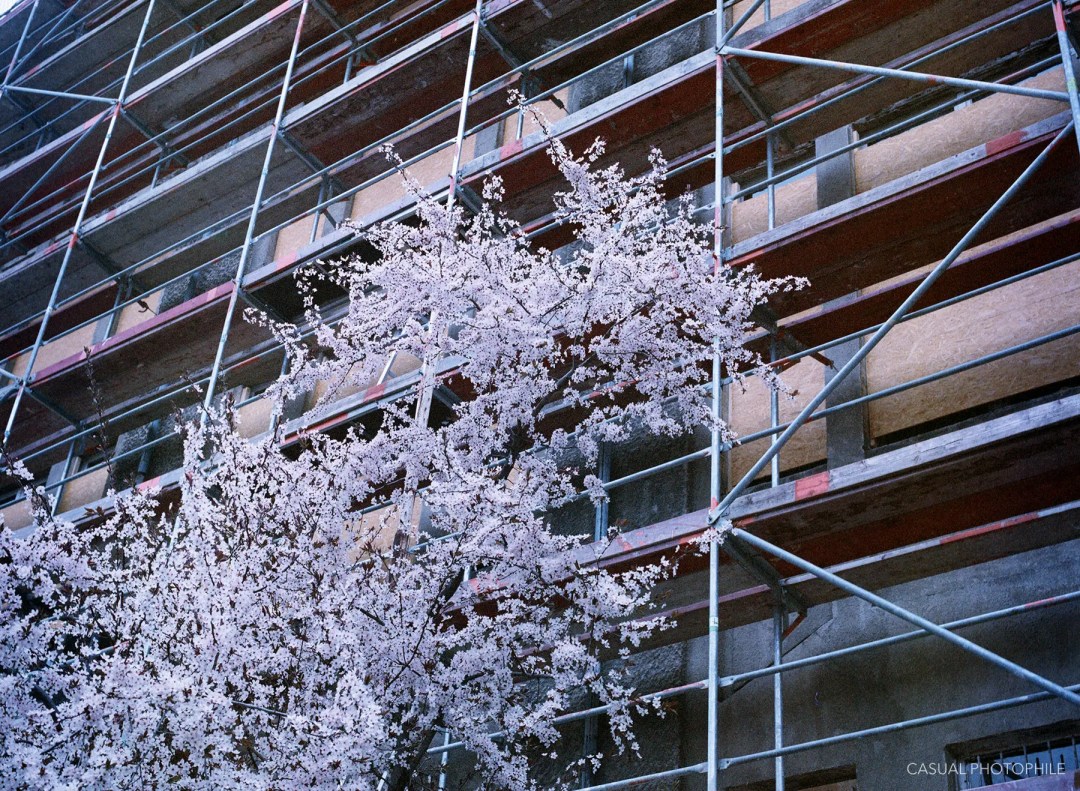
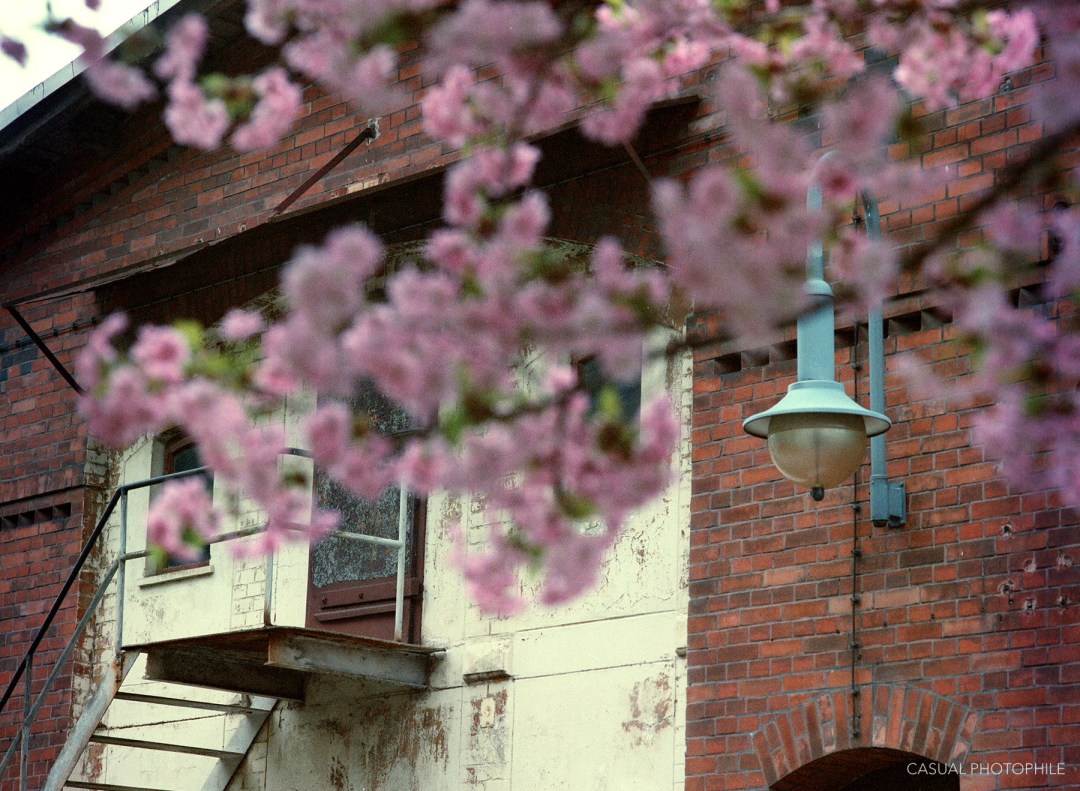
Ernst-Thalmann Park
Ernst Thalmann led the German Communist Party during Germany’s tumultuous Weimar Era. As such, he was the primary opponent of Adolf Hitler who, after brutalizing his way to power, had Thalmann arrested and held in solitary confinement for eleven years before ordering his murder at Buchenwald in 1944.
As Berlin neared its 750th Jubilee in 1987, the DDR sought to commemorate the event by creating a park on the site of an old coal gas plant in the city’s Prenzlauer Berg neighborhood. The “inhabited park” would serve as a shining model of socialist city planning. It would include public housing for 4,000, a planetarium, a school, public pool and a memorial to Thalmann, whose name the park would memorialize.
But Ernst-Thalmann Park’s status as a showpiece of socialist planning would prove to be short lived, as the whole of the DDR expired only four years after the space’s creation. Troubles compounded when it was discovered that the park had been built on lands previously saturated with chemical contamination that left the soil and groundwater rife with cyanides, phenols, and tar. This had to be meticulously cleared. After reunification, a long debate waged over its fate, until local residents voted to retain the name in 1997.
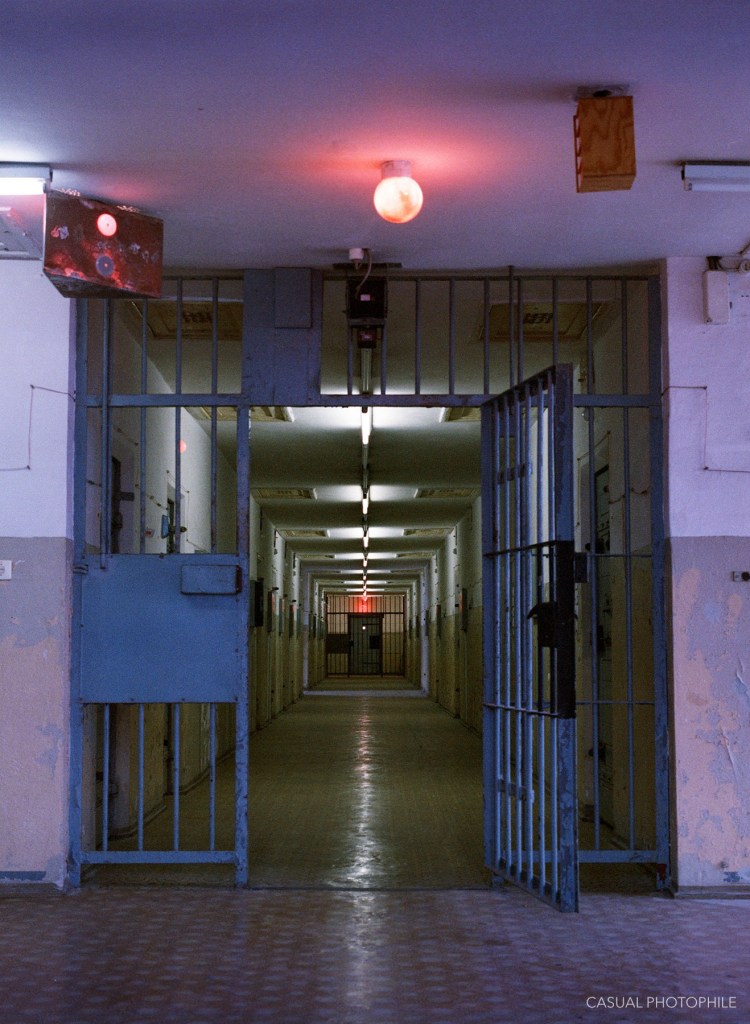
Hohenschonhausen
When the wall came down, one of the only DDR government buildings left un-stormed was the central remand political prison at Hohenschonhausen. It survived because no one knew where it was. Prisoners brought here were disoriented, driven around for hours before arriving in this Berlin suburb. They never saw other prisoners, and never saw the outside of the prison. The complex wasn’t even included on maps of the city.
Hohenschonhausen served as the central prison for political prisoners. After 1960 the Stasi ceased using physical torture in favor of psychological methods. These techniques were taught and studied at the Stasi college, with practical application perfected at Hohenschonhausen – isolation, sleep deprivation, threats of danger to family and friends. It wasn’t about establishing guilt or innocence, and there was never a question a confession would be gained. What mattered was the information that could be wrung out after the inevitable confessions.
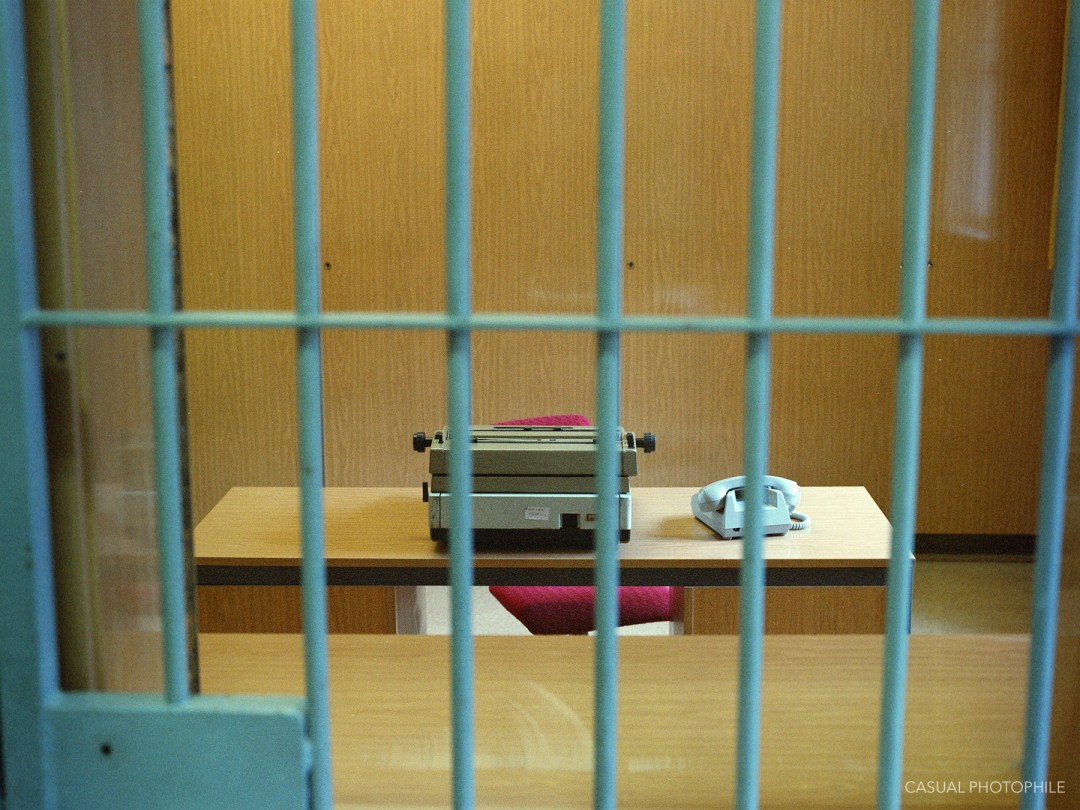
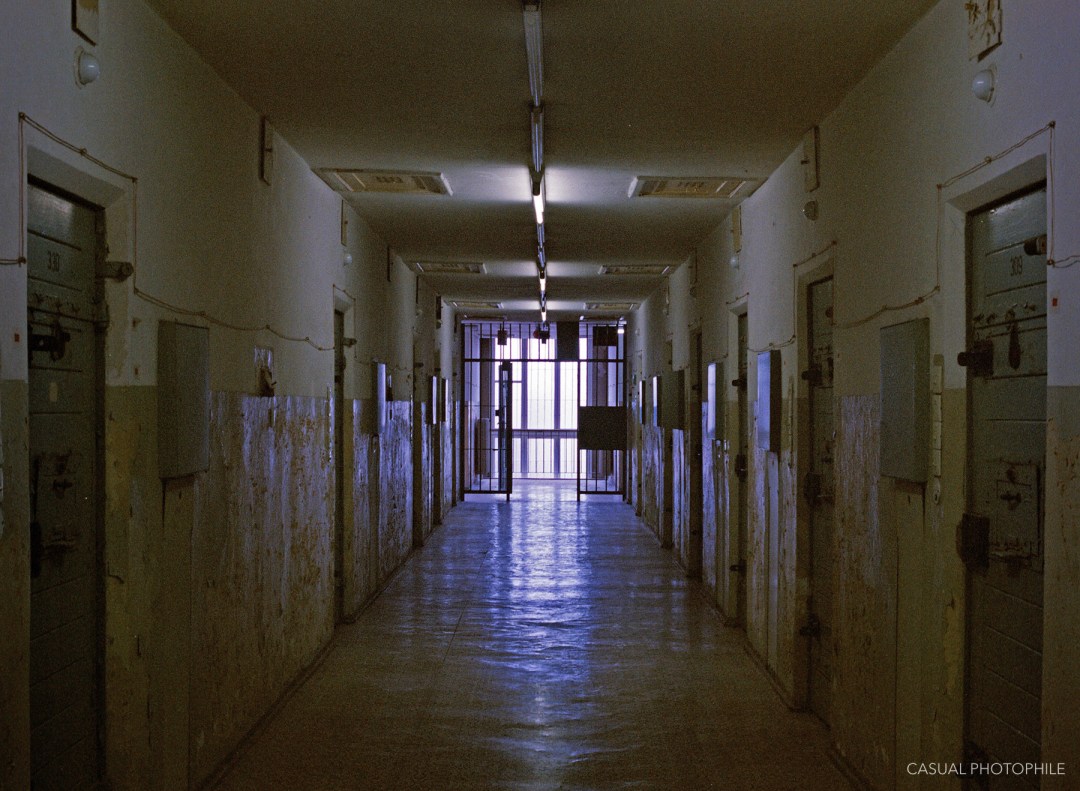
It’s hard to think of a secret police organization more effective and repressive than the Stasi. Though tasked with espionage and covert operations in foreign countries, the Stasi’s bread and butter was spying on its own population through its massive network of citizen informants. Coworkers, neighbors, and even family members spied and informed on one another.
At the height of its power, the Nazi Gestapo employed 7,000. The Stasi employed more than 91,000.
It was jarring to learn that former prisoners and guards continue to live near each other in the neighborhood, even today. It’s not unusual to see the last commandant of the prison shopping at the local grocery store. The fact was a poignant reminder that even when the institutions of the DDR ceased to exist, the humanity that both ran it and was victimized by it continues on.
There exists a phenomenon in eastern Germany called Ostalgie, in which people remember positively life under the DDR. East Germany has struggled since reunification to catch up with the rest of the country economically, and an increasingly globalized world has many nostalgic for the days of zero unemployment. There are a number of DDR-themed bars (many of which I love) in Berlin and Dresden. But a few hours walking around Hohenschonhausen should be more than enough to check that nostalgia, or at least put it into perspective.
Germany ceased to be divided almost thirty years ago yet the symbols of the DDR show no sign of disappearing. Would the important lessons learned from the DDR – like those so aptly exemplified through Hohenschonhausen – remain in the public consciousness if the physical places were closed to the public? We may think we understand what life was like in these historically troubled territories from watching a movie like The Lives of Others, but can we really fathom the toll of the psychological torture carried out there without standing in former water cells and seeing the interrogation rooms where prisoners’ lives and families were threatened?
Mencius said there is no greater delight than to be conscious of sincerity on self-examination. More than any other nation, Germany seems dedicated to examining its sometimes painful past. Ernst Thalmann is covered in graffiti, but still remains a symbol in Prenzlauer Berg. One day the former guards and inmates will be gone, but the brick and mortar of Hohenschonhausen will continue to educate as long as they’re open to the public. While the German way may not be perfect, they’ve certainly given other countries critical of their own pasts a framework on which to string their own difficult conversations.
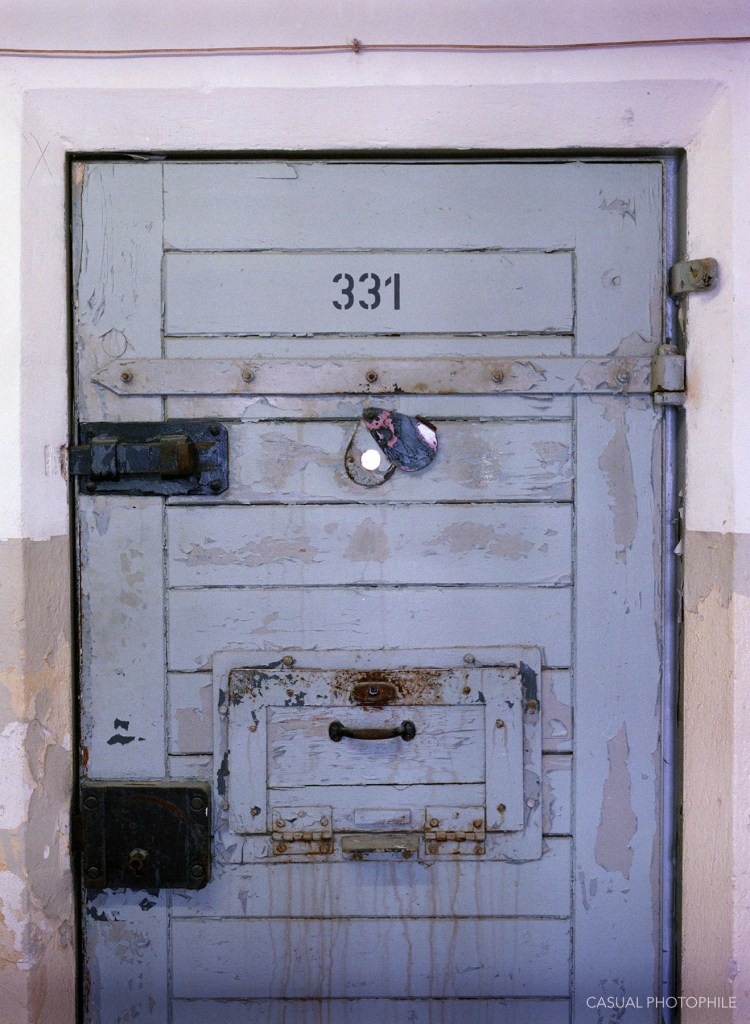
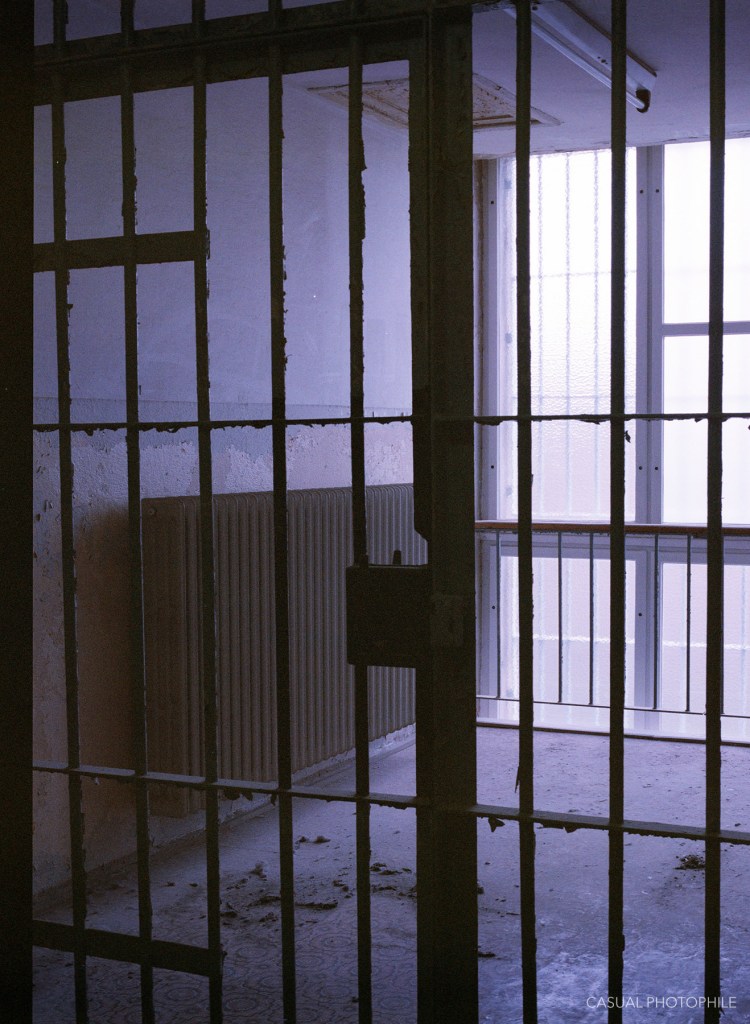
Follow Casual Photophile on Facebook and Instagram
[Some of the links in this article will direct users to our affiliates at B&H Photo, Amazon, and eBay. By purchasing anything using these links, Casual Photophile may receive a small commission at no additional charge to you. This helps Casual Photophile produce the content we produce. Many thanks for your support.]

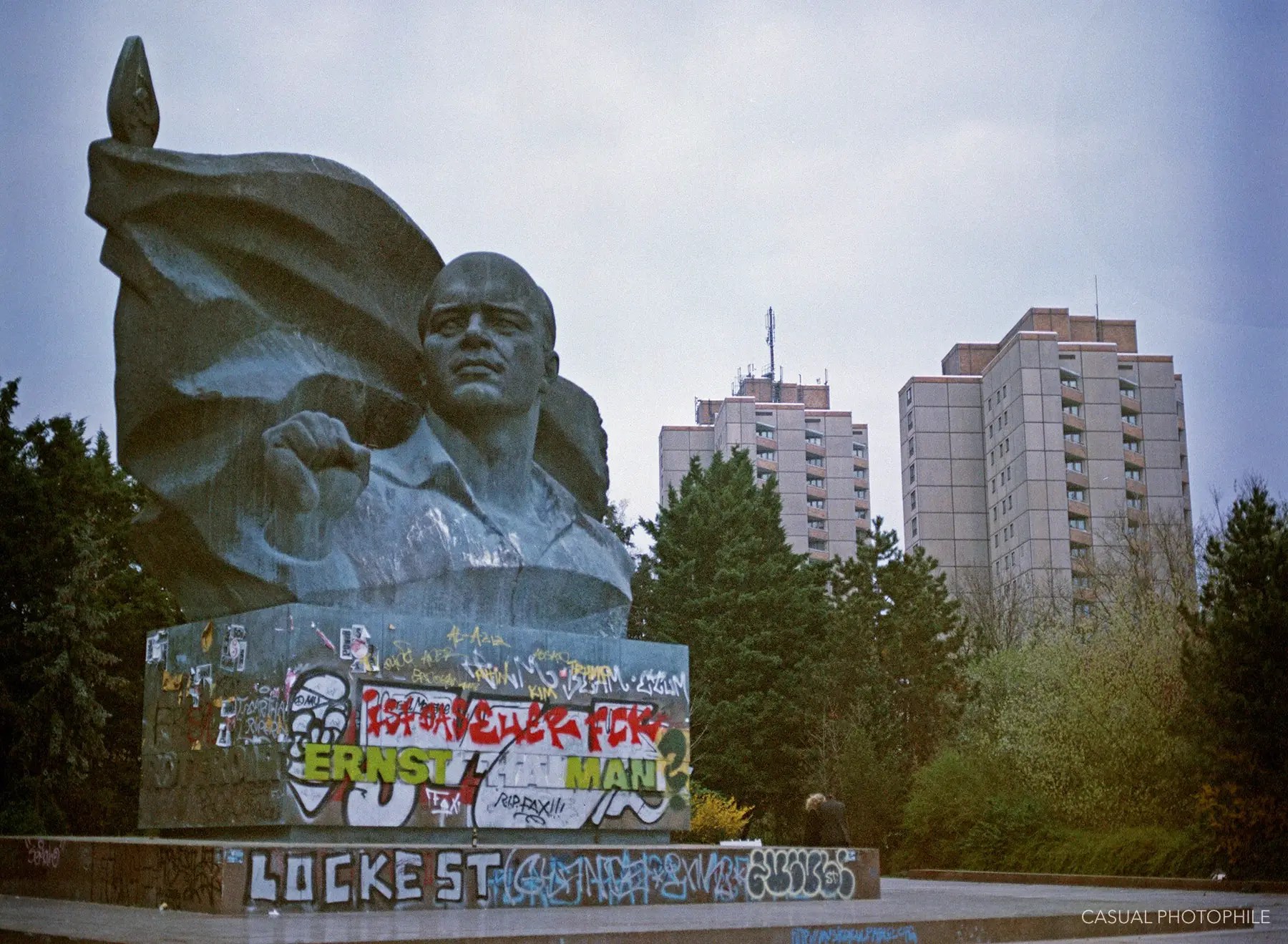
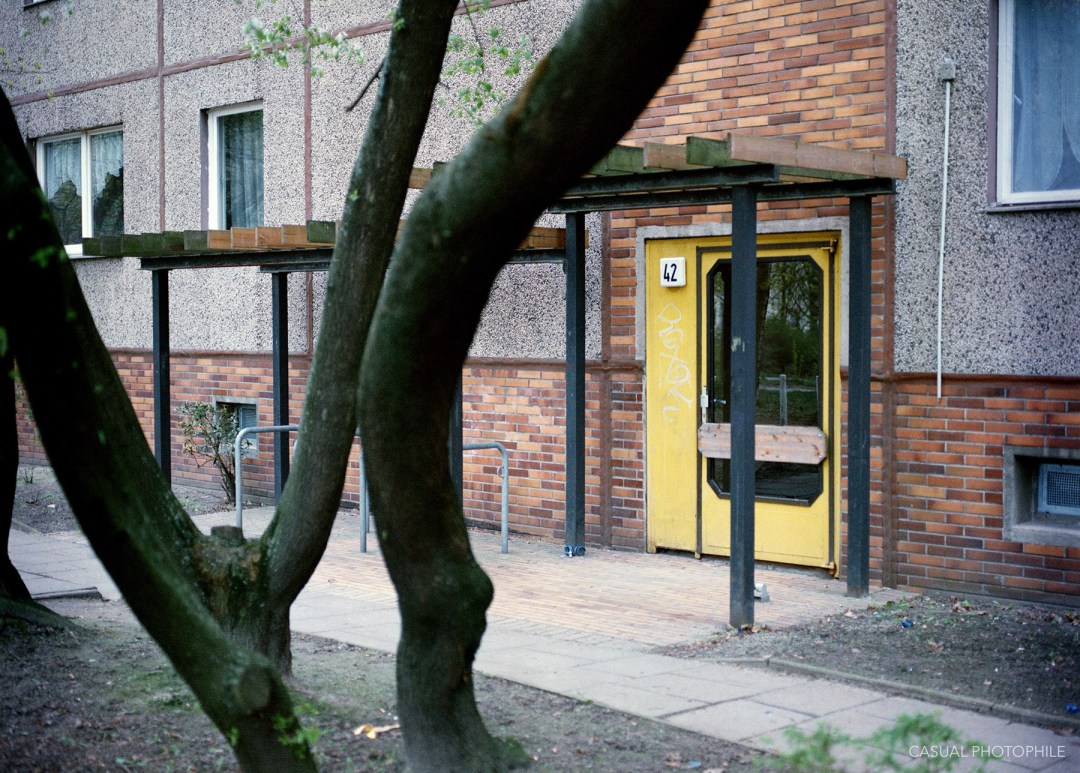

Wow, love this. Thank you